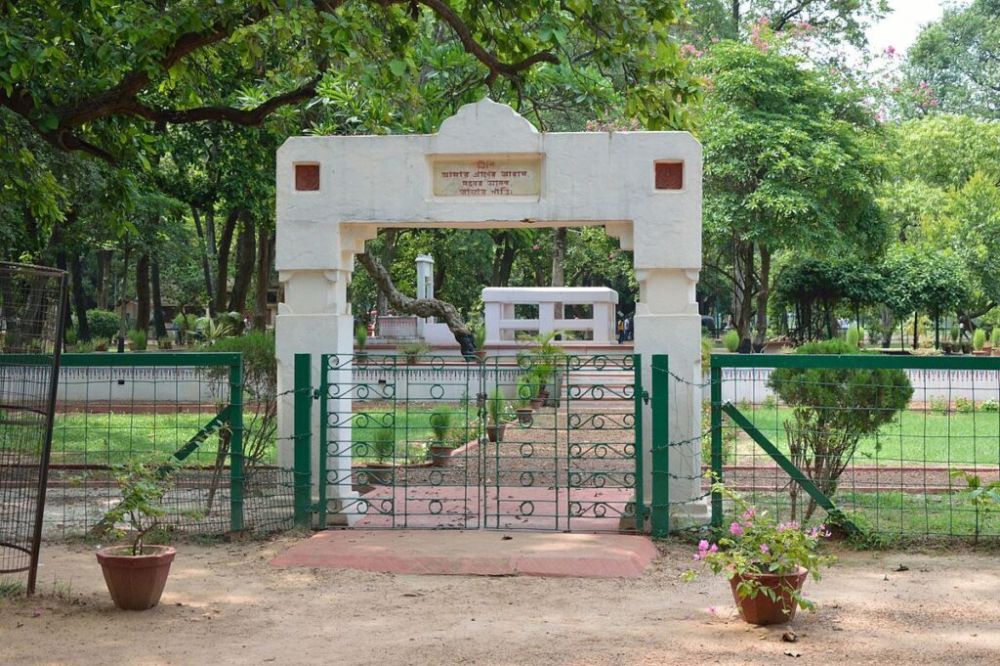

Chhatimtala holds a place of immense historical and cultural importance in the heart of Shantiniketan, West Bengal. This revered spot is intrinsically linked to the life and legacy of the great Bengali polymath, Rabindranath Tagore. Shantiniketan literally means 'abode of peace', and it was here that Tagore's father, Maharshi Debendranath Tagore, found solace under a Chhatim tree (Alstonia scholaris) and envisioned a place for meditative contemplation and spiritual upliftment. This very site became the sanctum sanctorum of the Tagore family’s spiritual and educational pursuits.
Through the late 19th century and early 20th century, this small grove called Chhatimtala became the nucleus around which Shantiniketan evolved. The history of tourism in Shantiniketan can be traced back to the establishment of the Brahmo Vidyalaya and later, the Visva-Bharati University. Founded by Rabindranath Tagore in 1921, this university attracted scholars, artists, and philosophers from across the world, thus laying the foundations of intellectual tourism in the area.
Beyond the realms of academia, Shantiniketan quickly gained prominence as a center for cultural tourism. It celebrated traditional Bengali festivals such as Poush Mela and Basant Utsav with great enthusiasm. These events, featuring Baul music, local handicrafts, dances, and Tagore’s plays, became significant tourist attractions, drawing visitors keen to experience West Bengal's rich cultural tapestry.
In recent years, tourism in Shantiniketan, with Chhatimtala at its core, has evolved to include a plethora of immersive experiences. Visitors can engage in:
Today, sustainable and educational tourism trends resonate with the ethos of Shantiniketan, emphasizing the importance of learning and cultural exchange. The local community benefits from this increased interest, with many artisans and performers finding a larger audience for their work.
Chhatimtala is not merely a place; it stands as a testament to the visionary spirit of the Tagores and continues to be a beacon of learning and peace. For the ever-evolving landscape of tourism in West Bengal, Shantiniketan remains a unique blend of historical significance and cultural vibrancy, rendering it an enduring destination for tourists from around the globe.